This article was published as a part of the Data Science Blogathon.
Introduction
An electronic log of all bitcoin transactions is known as a blockchain. It keeps expanding when new blocks of recordings are uploaded to it as7 “finished” chunks. Each block includes transaction information, a timestamp, and a cryptographic hash of the one before it. Bitcoin nodes use the Blockchain to distinguish between valid Bitcoin transactions and attempts to spend previously spent currencies again.
Why do we Need Blockchain Technology?
There are plenty of reasons. A blockchain is an essential tool for businesses and individuals. We need Blockchain because it is a distributed database to secure online transactions. Blockchain is a secure, tamper-proof way to store data that Blockchain can use to track transactions and ensure the validity of digital assets. It also gives businesses and individuals the ability to create immutable records. It speeds up the transaction time and also reduces transaction fees. It is visible to all the people connected to its network, providing transparency. And it has vast potential in various businesses like FinTech, Transportation, Smart Contracts, etc.

Applications of Blockchain Technology
There are many different applications of blockchain technology. Some of the most popular applications include:
1. Cryptocurrencies:
Cryptocurrencies use digital or virtual tokens to safeguard their transactions and limit the generation of new tickets. Since cryptocurrencies are decentralised, neither a government nor a financial institution can control them.
The earliest and best-known cryptocurrency, Bitcoin, was developed in 2009. On decentralized exchanges, cryptocurrency is often exchanged, and Bitcoin may also use to purchase products and services.
Cryptocurrencies have become increasingly popular as their prices have fluctuated wildly. Some people see them as an investment opportunity, while others view them as a potential replacement for traditional fiat currencies.
2. Smart Contracts:
Negotiating or fulfilling a contract can be digitally facilitated, verified, or enforced using a smart contract or a computer protocol. Without the involvement of other parties, smart contracts enable legitimate transactions. These transactions may be monitored and are final. Nick Szabo initially presented the idea of smart contracts in 1996.
A smart contract’s primary goals are to lower transaction costs and offer security superior to that provided by standard contract law. In an agreement, “if-then” assertions are made using smart contracts. For instance, “if X occurs, then Y occurs.”
3. Supply Chain Management:
Blockchain in supply chain management is a hot topic in the logistics industry. Many logistics companies are exploring using Blockchain to improve their supply chain’s efficiency.
There are many potential benefits of using Blockchain in supply chain management. For example, We could use Blockchain to track the provenance of goods, from the raw materials to the finished product. It would help to ensure that goods are not counterfeit or otherwise compromised.
Another potential benefit is that Blockchain could streamline the process of tracking and tracing goods. It would reduce the need for manual interventions and make it easier to identify delays and bottlenecks in the supply chain. Ultimately, using Blockchain in supply chain management can improve the efficiency of the entire logistics industry.
4. Voting Systems:
In the past, voting systems have been susceptible to fraud and manipulation, but blockchain technology has the potential to change that. By using a decentralised network and immutable ledger, Blockchain can create a secure voting system that is tamper-proof and transparent.
Blockchain-based voting systems can be used for various elections, from small local to national ones. In a blockchain-based voting system, each voter would have a unique digital identity that they would use to cast their vote. The vote would then be recorded on the blockchain ledger, which could not be altered or tampered with.
This type of system would provide several benefits over traditional voting systems:
- It would be much more difficult to commit fraud or manipulate the results of an election.
- The results would be transparent and available for anyone to view.
- The system would be more secure, as it would be tough to hack or tamper with the Blockchain.
5. Internet of Things(IoT):
The Internet of Things (IoT) is a system of interconnected devices and sensors that collect and share data. Blockchain is a digital ledger that records and verifies transactions. When these two technologies are combined, they have the potential to create a more secure and efficient system for managing data.
One application of Blockchain in IoT is in the area of data security. IoT devices often collect sensitive data, such as personal information or medical records. This data is then stored on centralized servers, which are vulnerable to hacking. Blockchain provides a more secure way to keep this data, as it is distributed across a network of computers.
Another application of Blockchain in IoT is in the area of device management. IoT devices are often spread across a wide area, making tracking difficult. Blockchain can help to manage these devices by monitoring their location and status. We can then use this information to prevent theft or fraud.

What Makes Blockchain so Unique?
Regarding Blockchain, a few key characteristics make this technology so unique and powerful. First, Blockchain is distributed. It means that the data is spread across a network of computers rather than being stored in a central location. It makes it much more secure, as it would be tough for someone to hack into the system and tamper with the data.
Second, Blockchain is immutable. It means that once data has been added to the Blockchain, we cannot change it. It is essential as it adds to the system’s security.
Third, Blockchain is transparent. It means that all transactions on the Blockchain are visible to everyone on the network. It adds to the system’s security, as it would be challenging for someone to commit fraud without anyone knowing.
Fourth, Blockchain is efficient. It is because there is no need for intermediaries, such as banks, to be involved in transactions.
Components of Blockchain Technology
Different components of Blockchain work together to create a secure and efficient system.
The first component is the blockchain ledger. It is a distributed database that stores all the information about the transactions that have taken place on the network. This ledger is used to verify and validate transactions.
The second component is the blockchain network. It is a peer-to-peer network of computers that are running blockchain software. This network propagates the blockchain ledger and transactions throughout the system.
The third component is the blockchain mining process. It is how new transactions are added to the blockchain ledger. Miners are rewarded with cryptocurrency for their efforts.
These are just a few of the different components of Blockchain. Together, they create a secure and efficient system that is changing the way we do business.
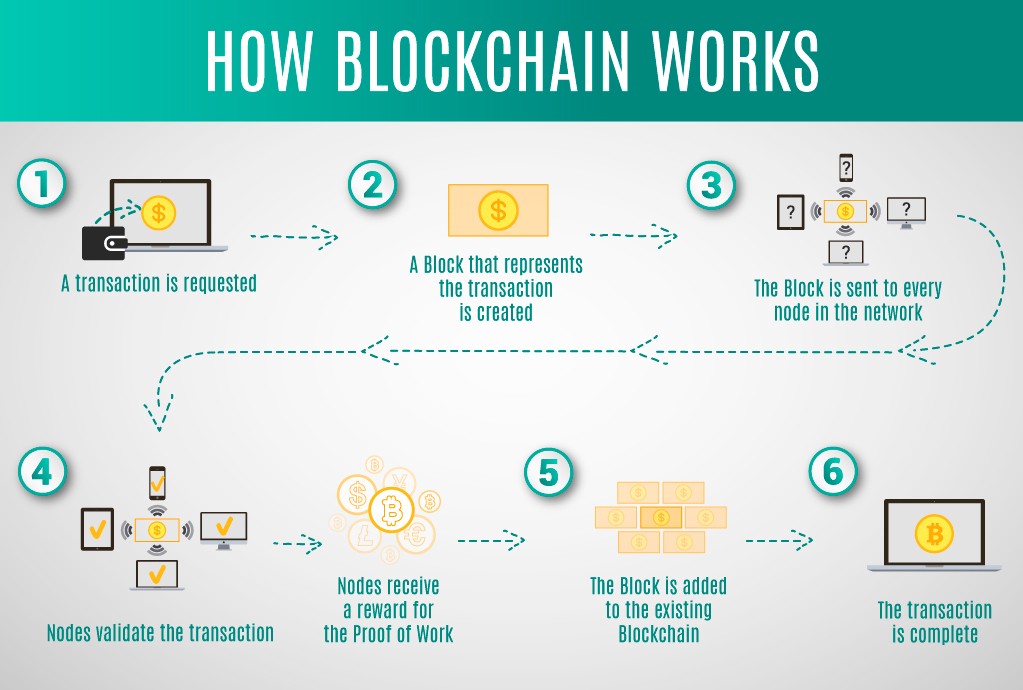
What is Blockchain Ledger?
All bitcoin transactions are digitally recorded on a blockchain ledger. It keeps expanding as new recordings are added to “finished” blocks. Each block includes transaction information, a timestamp, and a cryptographic hash of the one before it. Bitcoin nodes use the Blockchain to distinguish between authentic Bitcoin transactions and efforts to spend previously spent currencies again.
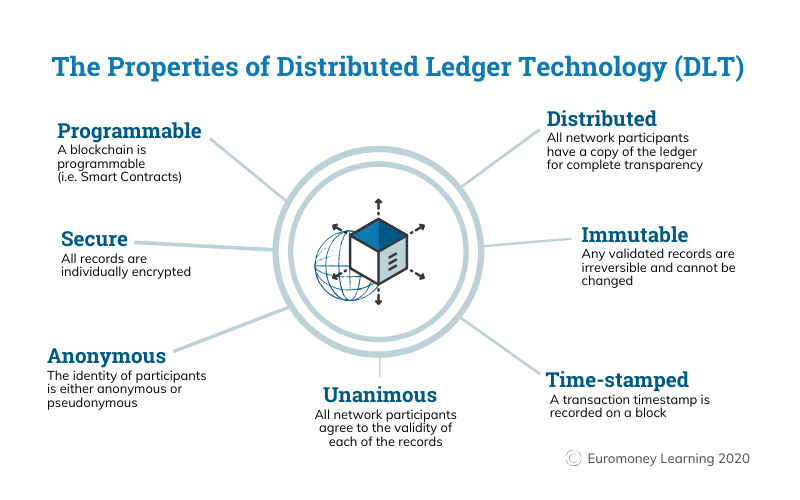
What are Centralized Systems?
A centralized system is one in which all components or subsystems are centralized in one location. All decision-making and processing occur in this central location. This type of system is often used in organizations or businesses where there is a need for central control or coordination.
There are many benefits to using a centralized system for your business. Perhaps the most obvious benefit is that it can help to save you time and money. With all your data in one place, you can avoid the hassle and wasted time searching for it in multiple locations. Additionally, a centralized system can help you keep better track of your data, making it easier to find and use when needed. Another significant benefit of using a centralized system is improving communication and collaboration within your organization. Sharing information and working together on projects is more accessible when everyone uses the same system. It can lead to better decision-making and a more efficient workplace overall.
Finally, a centralized system can help to improve your security. By keeping all of your data in one place, you can more easily monitor and protect it. Additionally, if something does happen to your data, it will be easier to track down and recover.
What is Distributed Systems?
A distributed system is a computer network that works together to achieve a common goal. The main advantage of using a distributed system is that it can provide high scalability and availability. In a distributed system, each computer can handle its workload and spread it across the computers in the system. It can help to improve the overall performance of the system.
Another advantage of using a distributed system is that it can be more resilient to failures. If one computer in the system fails, the others can continue to work. It can help to ensure that the system as a whole is more reliable.
Disadvantages of distributed systems include the fact that they can be more complex to design and implement. They can also be more challenging to manage and troubleshoot.
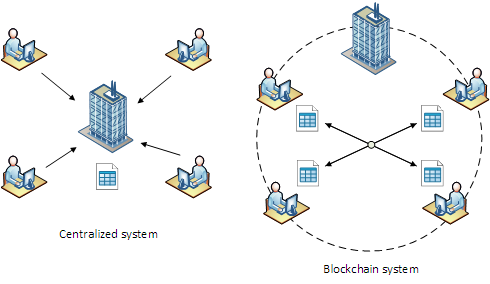
What is Blockchain Mining?
Blockchain mining is verifying and adding transactions to the public ledger. It is done by solving complex mathematical puzzles. In return for their work, miners are rewarded with newly minted Bitcoin.
The process of mining is essential to the security of the Bitcoin network. By verifying and adding transactions to the public ledger, miners help to prevent double-spending and fraud. They also ensure that the Bitcoin network remains decentralized. Mining is a competition. The first miner to solve the puzzle gets to add the following block of transactions to the public ledger and receives a reward in Bitcoin. The prize is 12.5 Bitcoin per block, but it will halve soon.
The competition to mine Bitcoin is getting more difficult as more people get involved. As the difficulty increases, so does the need for specialized hardware. Some miners have even used multiple computers to stay ahead of the competition.
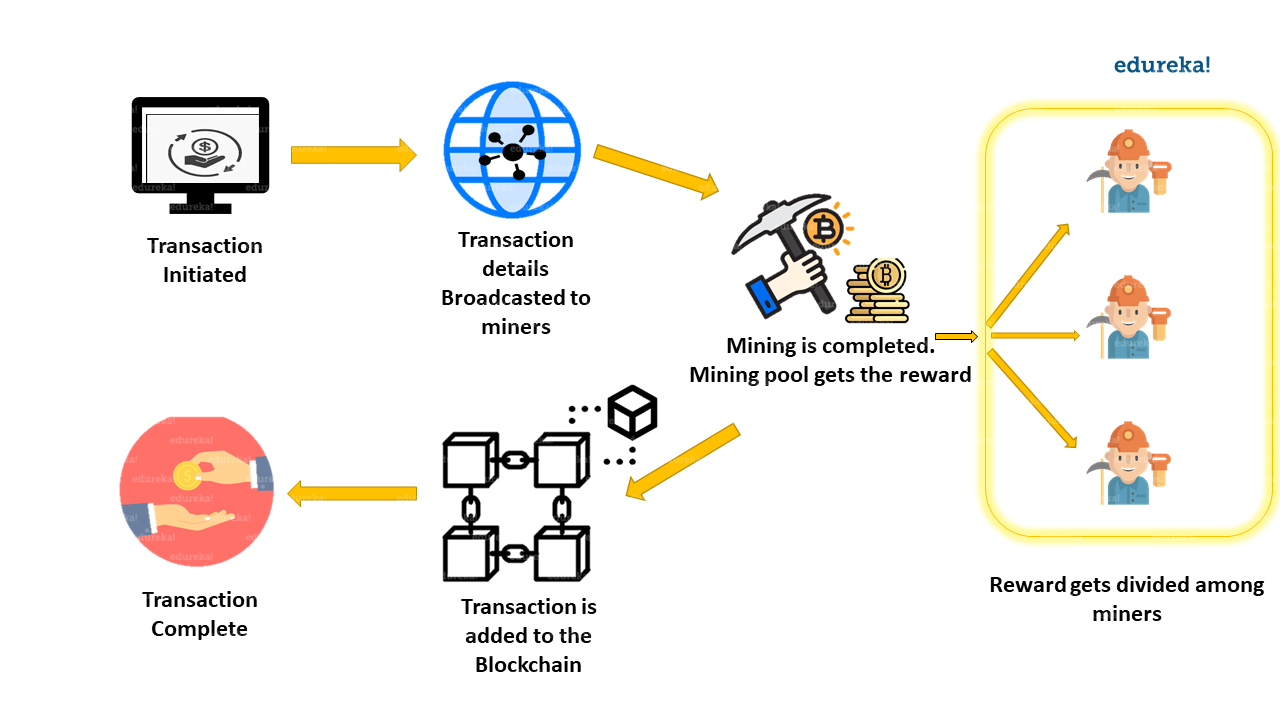
Source – edureka.com
Components of a Block in Blockchain Ledger:
An electronic log of all bitcoin transactions is known as a blockchain. It keeps expanding as new recordings are added to “finished” blocks. Each block includes transaction information, a timestamp, and a cryptographic hash of the one before it. Bitcoin nodes use the Blockchain to distinguish between authentic Bitcoin transactions and efforts to spend previously spent currencies again.
The parts of a block in a blockchain are as follows:
1. Block Header: This contains a reference to the previous block, a hash of the data in the block, and a nonce.
2. Block Body: This contains the data or transactions recorded in the block.
3. Block Hash: This is a cryptographic hash of the block header.
4. Block Number: This is the number of the block in the Blockchain.
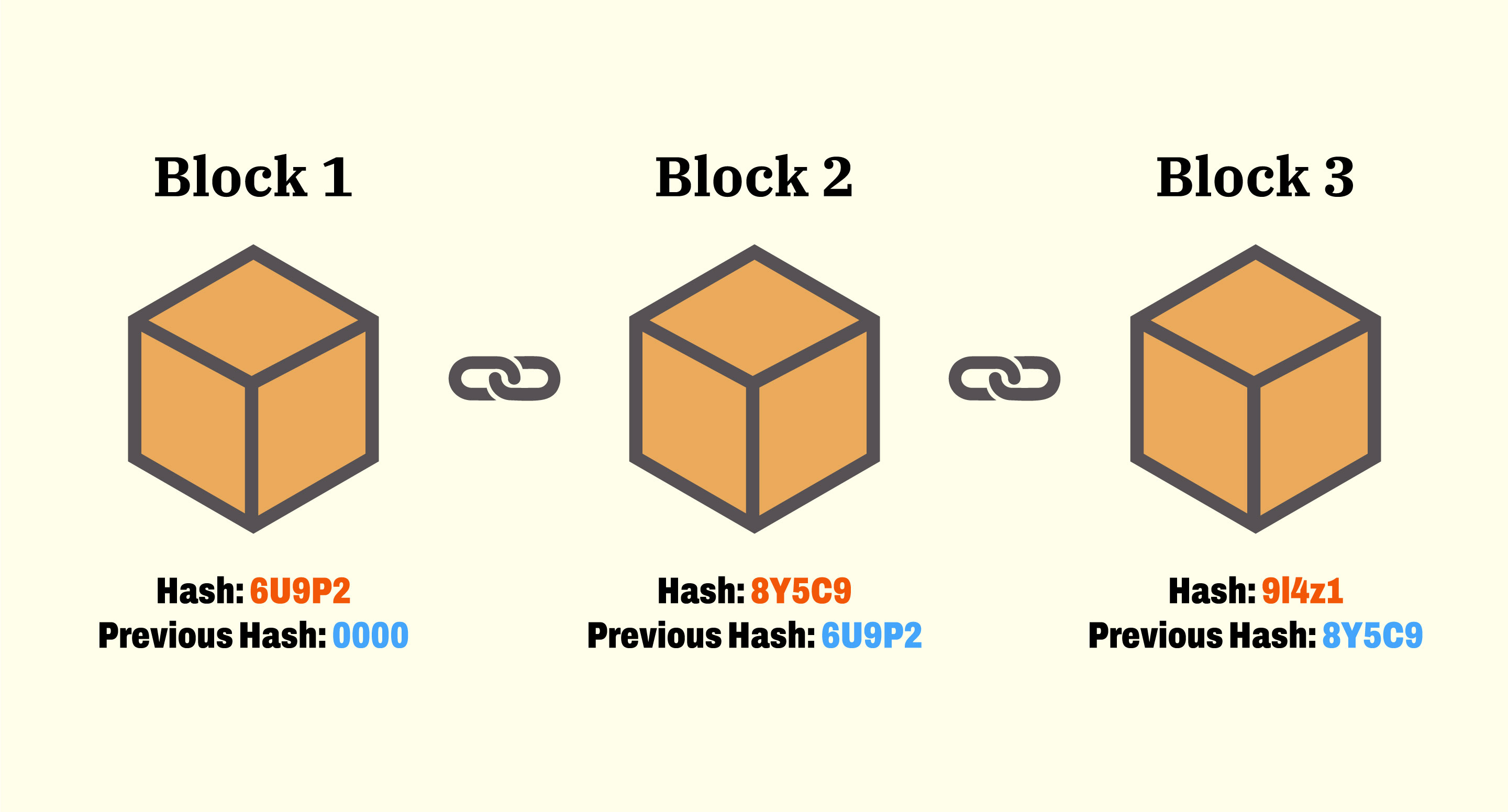
Consensus Mechanism in Blockchain
A consensus mechanism is a set of rules used to determine how a blockchain network reaches consensus. It is typically done through a process of voting or similar means, and the rules are generally designed to protect the network from certain types of attacks.
Proof of Work (PoW)
Regarding blockchain technology, “proof of work” is one of the most important concepts to understand. Proof of work is what allows a blockchain to be secure and trustless. In short, proof of work is a system that requires computers to “work” or solve complex mathematical problems to add new blocks of data to the Blockchain.
The work that these computers do is called “mining.” Miners are rewarded with cryptocurrency for their work. The more work they do (i.e., the more complex mathematical problems they solve), the more cryptocurrency they earn.
Proof of work is what makes Blockchain secure. It is challenging to tamper with data that is stored on a blockchain. A hacker must redo all the work done to change just one data block since the Blockchain created that block. It is nearly impossible, especially as the Blockchain grows more extensive and complex.
Proof of Stake(PoS):
In a proof of stake system, new blocks are created based on the amount of stake that each participant has in the system. The more stake a participant has, the more likely they are to create a new block.
This system differs from a proof of work system, where new blocks are created based on each participant’s work. In a proof of work system, the more work participants have done, the more likely they are to create a new block.
The advantage of a proof of stake system is that it is more energy efficient than a proof of work system. Participants only need to have a stake in a proof of stake system to create new blocks. They don’t need to do any work.
Another advantage of a proof of stake system is that it is more secure than a proof of work system. It is because it is costly to attack in a proof-of-stake system.
Proof of Elapsed Time(PoET):
Proof of Elapsed Time (PoET) is a consensus algorithm used to achieve consensus in a permissioned blockchain network. It is an algorithm used to validate blocks in a blockchain and is a variation of the Proof of Stake (PoS) algorithm. The main difference between PoET and PoS is that PoET uses a lottery-based selection process to choose the next validator, while PoS uses a staking process.
PoET was first proposed by Intel in 2016 and is designed to be used in permissioned blockchain networks, where all the nodes in the network are known and trusted. The PoET algorithm achieves consensus in a permissioned blockchain network by validating blocks in the Blockchain. The algorithm uses a lottery-based selection process to choose the next validator, which is different from the staking process used by PoS.
Proof of Action(PoA):
In the blockchain world, “proof of action” refers to the process by which users can prove that they have taken a specific action. It could be as simple as purchasing a blockchain-based platform or more complex as voting in a decentralized autonomous organization.
Users must sign a message with their private key to prove they have taken action. The node will then broadcast this message to the network, where anyone can verify it. The proof of action concept is essential in the blockchain world, as it helps ensure that all users act in good faith. By requiring a user to sign a message before they can take action, it becomes much harder for someone to maliciously or accidentally take an action they shouldn’t.
So far, proof of action has been used in various ways on the Blockchain. For example, it has been used to help prevent double-spending attacks.
There are also many more consensus algorithms like Byzantine Fault Tolerance, Directed Acyclic Graphs, etc.
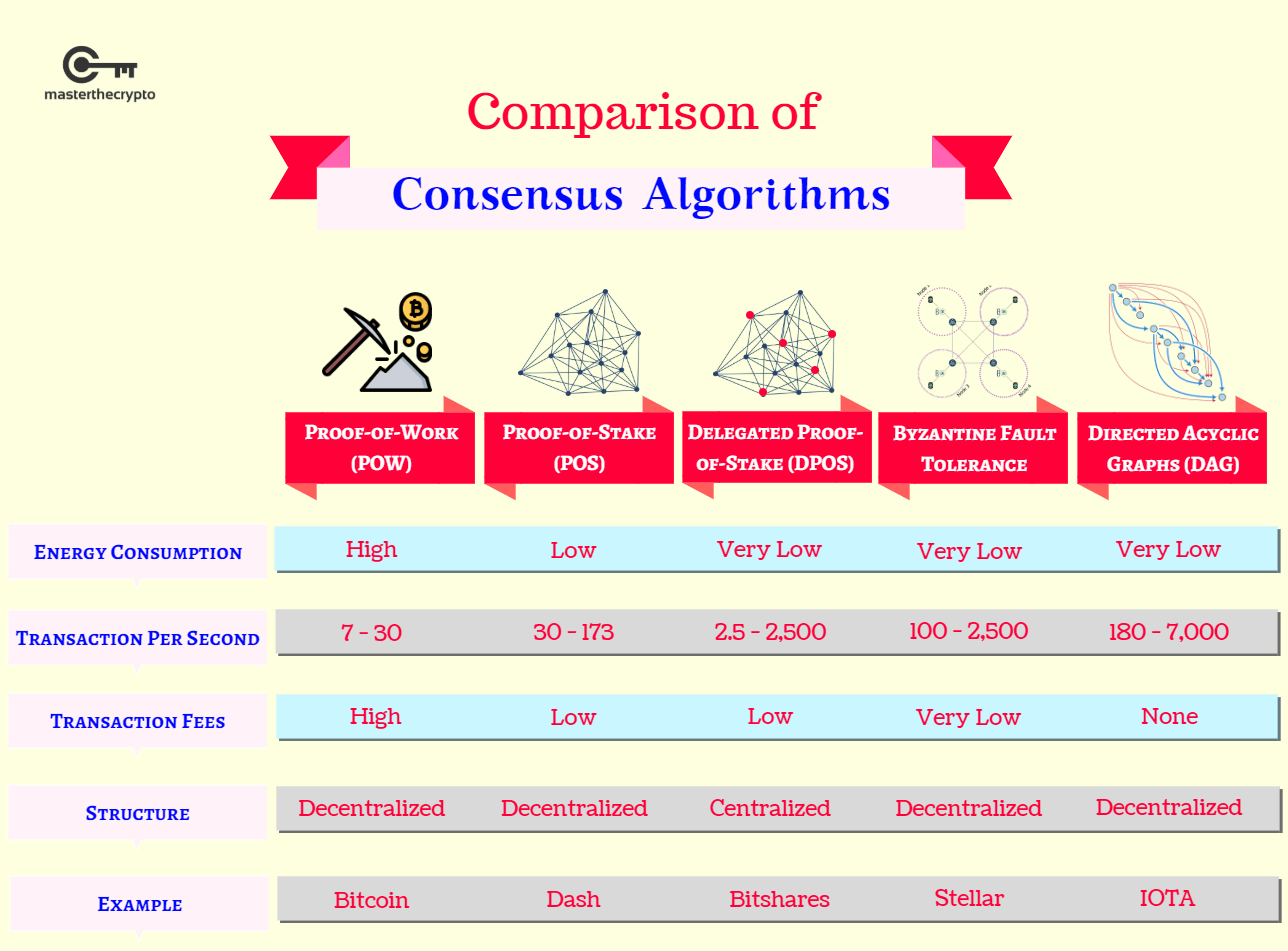
Source – medium.com
Conclusion
The future of blockchain technology is shrouded in potential but fraught with uncertainty. But despite the challenges, the opportunities for blockchain technology are immense.
The potential for blockchain technology is often compared to that of the Internet in the early 1990s. Just as the Internet created a new platform for communication and commerce, Blockchain could create a new platform for value exchange and a new way for businesses to interact.
However, blockchain technology is still in its early stages and must address many challenges before it can reach its full potential.
Scalability is one of the biggest challenges facing blockchain technology. The current generation of blockchain platforms can only handle a limited number of transactions per second. It is a far cry from the millions of transactions that need to be processed on the Internet today.
Blockchain technology will need to scale to meet the global economy’s demands to reach its full potential. Another challenge facing blockchain technology is governance. Because Blockchain is decentralized, so no central body can govern it, which leads to certain loopholes that Blockchain Technology still faces.
Key takeaways of this article:
1. Firstly, we have discussed Blockchain Technology and its need in the current era. We talked about how this technology secures data, reduces the transaction fee, is transparent to the users, etc.
2. Then, we discussed various applications where we can use this Blockchain Technology in the present scenario.
3. After this, we discussed the Mechanism of this technology and the various Consensus Algorithms used in it, like PoW, PoS, PoET, etc.
It is all for today. I hope you have enjoyed the article. In the future, I will try to write articles on the basic implementation of Blockchain Technology.
Thanks for Reading😉
The media shown in this article is not owned by Analytics Vidhya and is used at the Author’s discretion.







